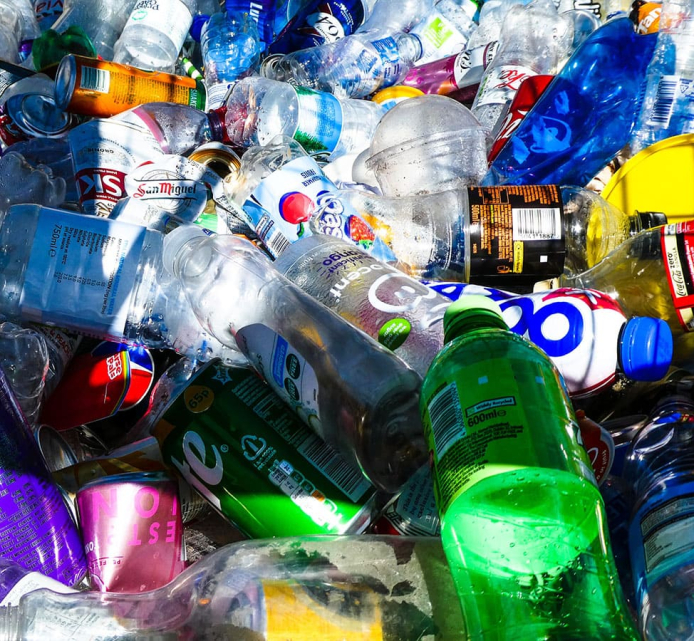
Contents
History of the use of plastic and the emergence of containers
In 1907, Belgian-American chemist Leo Baekeland became the inventor of Bakelite. Its properties include non-flammability, availability, and durability. The plastic began to be widely used in various industries. Initially, it was used for insulation, since there was a need for such a material during the period of electrification of the United States.
Leo Baekeland's invention eventually revolutionized the production and use of plastics for the production of:
- preform;
- various containers;
- packages.
The successful use of Bakelite motivated experts to begin researching plastics, which gave rise to the development of new polymers and the widespread development of an entire industry.
How plastic bottles appeared
The first attempts to use plastic to produce such containers were made in the 1930s – Kodak released the first bottle for storing reagents. But this container was fragile, impractical for everyday use.
Timeline of events
When and who invented plastic bottles with a more reliable design? Let's look at the chronological sequence:
- Significant changes in production technology were made after the end of World War II. In 1947, the Tupperware company released practical reusable containers.
- In the 60s of the last century, mass production of containers was launched. Due to the availability of materials, it was possible to reduce the price of finished goods and significantly increase the volume of manufactured products.
- Due to the expansion of product lines, radical changes in production began. Due to hygiene, practicality, and availability, plastic containers have become the most popular for mineral water, soft drinks, juices, and various products.
- The real breakthrough came in 1973, when chemical engineer Nathan Wyeth patented the first PET bottle in the American company DuPont. The main task was to make the container reliable, since the pressure inside the container with soda reaches 4 to 5 atmospheres, and this was achieved after numerous tests.
Until the 1960s, the price of bottles was high because the containers were made of high-density polyethylene, and Wyeth's developments revolutionized this area. This is a brief history of plastic bottles.
The evolution of plastic bottles
Hundreds of billions of plastic containers are produced annually, manufacturing methods and standards are constantly improving, but only a portion of them are recycled. Waste ends up in water bodies, remains in forests, wastelands, and lies in landfills for years, polluting the environment. Although such containers are still considered the most practical, experts are exploring different types of raw materials in search of more environmentally friendly alternatives, including:
- biodegradable plastic;
- aluminum;
- glass;
- paper;
- algae.
PET bottles are recyclable and can be used to make a variety of items, including furniture, tableware, decor, gardening tools, or even clothing. For example, one fleece jacket will require about 25 containers. Such experiments prove that plastic is not trash if you learn how to use it correctly.
PET bottle handles
Handles for plastic bottles were invented after convenient reusable containers with handles appeared on the market. Such bottles went on sale several decades ago due to the rapid development of production technologies. As a rule, the container is capacious, and because of its size, difficulties arise with moving and transporting.
The handles have become a practical auxiliary addition, they are comfortable to hold in your hands due to their ergonomics and design features. Thus, we have traced the chronology of the creation of PET bottles, their improvement and the possibility of using them as secondary raw materials.

